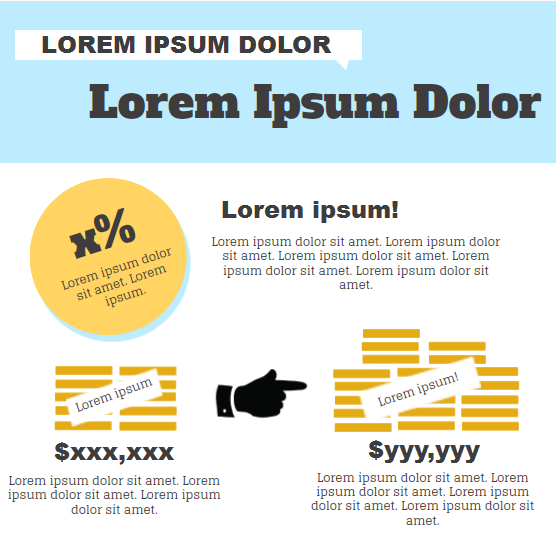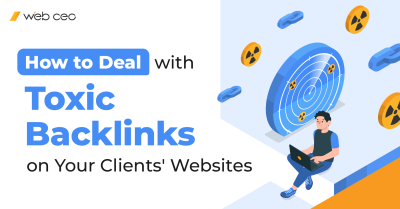
We have gathered the best new link building strategies and removed the old ones that may harm your rankings now that Google revised its Webmaster Guidelines. Feel free to share your favorite effective link building techniques in the comments section; we will update the post with the best of them.
1. Build a company blog.
Blogs have the unique ability to contribute fresh material on a consistent basis, participate in conversations across the web and earn listings and links from other blogs, including blogrolls and blog directories. This is the most valuable and long-term tactic. Check out WebCEO’s SEO Content Assistant for optimizing your blog content.
2. Create infographics.
A good infographic takes weeks to design, however it will receive good qualitative links. If you do not have the budget to create great infographics, try Piktochart or Infogr.am.
3. Produce non-textual content.
Create cartoons, produce videos or podcasts, where you interview people in your industry or explain some industry-specific terms. Start a weekly online radio show. This kind of non-text-based content does get links.
4. Write one big article.
This article should become the definitive resource for something and that can be (and will be) updated on a semi-annual or annual basis. One article that provides visitors with full information on a topic can garner a lot of links.
5. Live blog from conferences.
When you visit important industry events, blog about everything that’s taking place. These posts attract a lot of links and attention. Use Twitter and Facebook to inform the audience about your live blogging.
6. Publish tutorials and how-to’s.
People often search for instructions teaching how to do something. Create a step-by-step guide showing how your products can be used. This should receive natural one-way links.
7. Create free tools.
Creating free online tools is a fantastic way to attract links. If the tool could save a user 5 minutes, it’ll become popular and will get links. Discover more about creating engaging content with WebCEO’s Online Tools.
8. Have a Wikipedia article created about your company.
A Wikipedia page about you or your company is something to look into if you’ve already built up authority. Make sure the article is informative and brings value.
9. Hold a contest.
Competitions can attract links from authoritative websites. Furthermore, there’s a potential for increasing brand awareness amongst people who’ve not heard of you before. Choose a valuable prize and inform your audience about the contest via social media sites.
Things to Avoid in Your Link Building Strategy
Spammy links. These are links from low-quality websites, built for advertising and irrelevant to yours.
Footers and site-wide links. Links that appear in blog sidebars and footers (so that they appear on all pages of the blog) represent typical areas of manipulation to the search engines. When building links to your website, focus your efforts on acquiring more valuable in-content backlinks instead.
Guest posts on poor quality sites that will bring you no traffic.
Repeating the same anchor texts over and over again. If you’ve built links using just a handful of SEO keyword phrases as your anchor texts, you run the risk of having these trends identified and penalized because search engines can easily detect this.
Excessive link velocity. Building too many links, too quickly is a sure sign of attempted SERP manipulation. Instead, think natural and focus your efforts on acquiring fewer, higher quality links for each new site you build.
More Penguin-proof link building strategies and techniques get at the WebCEO Online SEO Guide.



